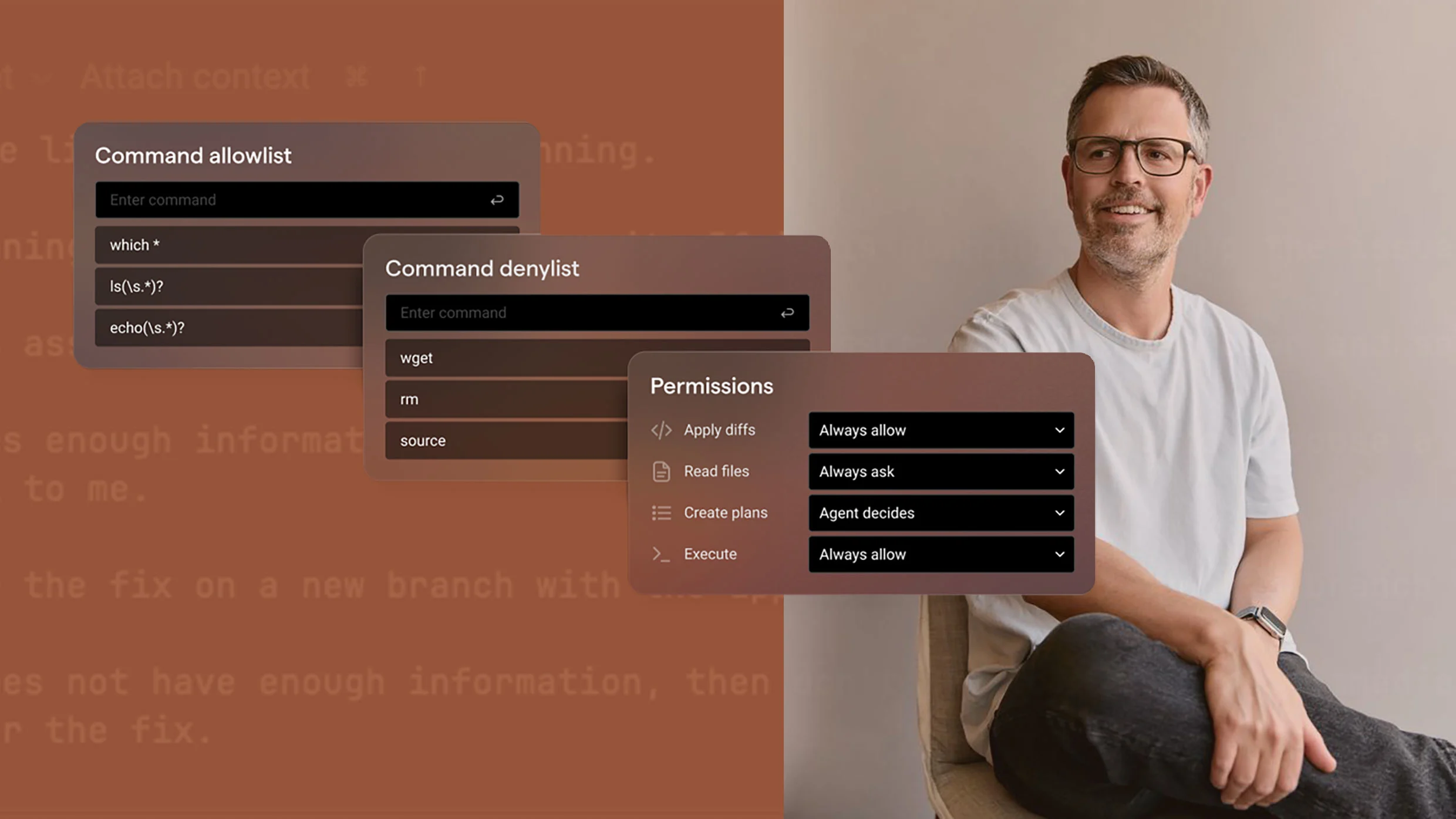In a Technological Twist
Scammers have begun harnessing the power of artificial intelligence (AI) to create elaborate deceptions, especially targeting remote job applications. Research indicates that AI is being increasingly used by fraudsters to alter their appearance, craft fake profiles, and ultimately secure positions in unsuspecting companies.
The Mechanics of Deception
AI enables scammers to hide their true identities by generating sophisticated fake resumes, professional headshots, websites, and even LinkedIn profiles. These elements combined can fabricate an applicant who seems to be the quintessential candidate for any open role. Once they infiltrate a company, these impostors could potentially access sensitive information or even deploy malware.
Expanding the Scope of Identity Theft
While identity theft is not a novel crime, AI has exponentially increased its potential for scalability, contributing to a growing cybercrime issue. According to research by Gartner, a prominent advisor in the tech industry, it is projected that by 2028, one in four job applicants could be fraudulent.
Unmasking AI Impostors
A case that recently went viral involves an AI-generated job applicant trying to secure a position at Vidoc Security. Posted by Dawid Moczadlo, co-founder of the firm, the interview footage became a sensation on LinkedIn. Suspecting trickery, Moczadlo asked the candidate to place their hand in front of their face—a simple request that the scammer refused, thus confirming their deception.
Moczadlo elaborates, “Sometimes it takes a hacker to find a hacker.” Following two such incidents, Vidoc Security changed its hiring strategy to include in-person interviews to better validate candidates.
Patterns and Outcomes
The Justice Department has linked several fraudulent schemes back to North Korean networks, suggesting these methods are part of larger, organized campaigns. These operations use fake identities, often AI-constructed, to funnel earnings from U.S.-related jobs back to support state-level military ambitions.
Moczadlo shares that Vidoc’s experiences showed similarities to such networks, though investigations are ongoing. The incidents prompted Vidoc to develop a guide to help other HR professionals recognize AI-generated frauds.
Tips for Spotting Fake Applicants
- Examine LinkedIn accounts closely: Verify the account’s creation date and connections by checking the “About this profile” section.
- Pose cultural questions: Engage in dialogues that relate to local nuances known primarily to insiders.
- Insist on in-person meetings: Face-to-face interactions remain the most reliable method to confirm identity.
Conclusion
The rise of AI in cybercrime underscores the need for businesses to enhance their verification procedures and adapt to emerging technological threats. For more insights into cybersecurity and AI, follow updates on aitechtrend.com.
Note: This article is inspired by content from https://www.cbsnews.com/news/fake-job-seekers-flooding-market-artificial-intelligence/. It has been rephrased for originality. Images are credited to the original source.








